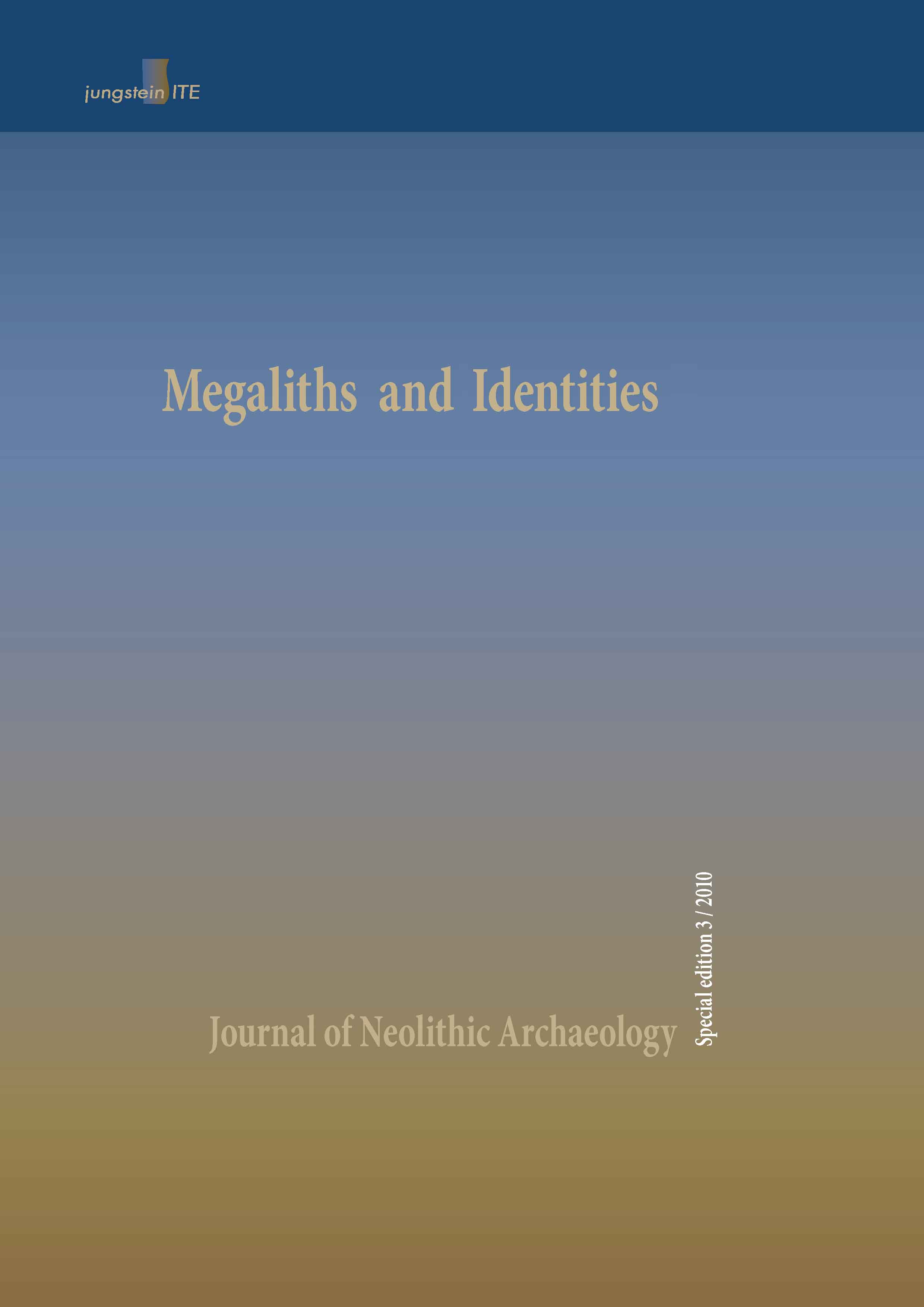Megaliths, Monuments, and Materiality
Main Article Content
Abstract
Stones, and especially the arrangement of large stones in relation to one another, have long been the focus of attention in megalith studies, a concern reflected in the name itself. It is, however, a blinkered view. Many so-called megalithic monuments embody other carefully selected materials in their construction, including turf, soil, rubble, and timber. In considering long barrows, Paul Ashbee noted that it was a false distinction to separate earthen long barrows from stone-chambered long barrows as the builders of long barrows inevitably used materials available within their local environments. Alternatively, writing mainly about the Irish material, Arthur ApSimon suggested a development from timber to stone implying a chronological progression in the preferred use of materials. Whether environmental or evolutionary, it is certain that many monuments interchangeably combine stone and wood in their construction in a way that forces us to consider what these and other materials meant to the megalith builders. Was it simply about what was available? Or what was fashionable? Or were there deeper sets of meanings relating to how different materials were perceived and understood within the cosmological systems that lie behind the design, construction, and use of long barrows, passage graves, dolmens and other related monuments? Focusing upon wood and stone, it is argued here that both were components of a cyclical world view of life and death that was embedded in the fabric and structure of monuments.
Article Details
How to Cite
Darvill 2010: T. Darvill, Megaliths, Monuments, and Materiality. JNA 12, 2, 2010. DOI: https://doi.org/10.12766/jna.2010.32.

